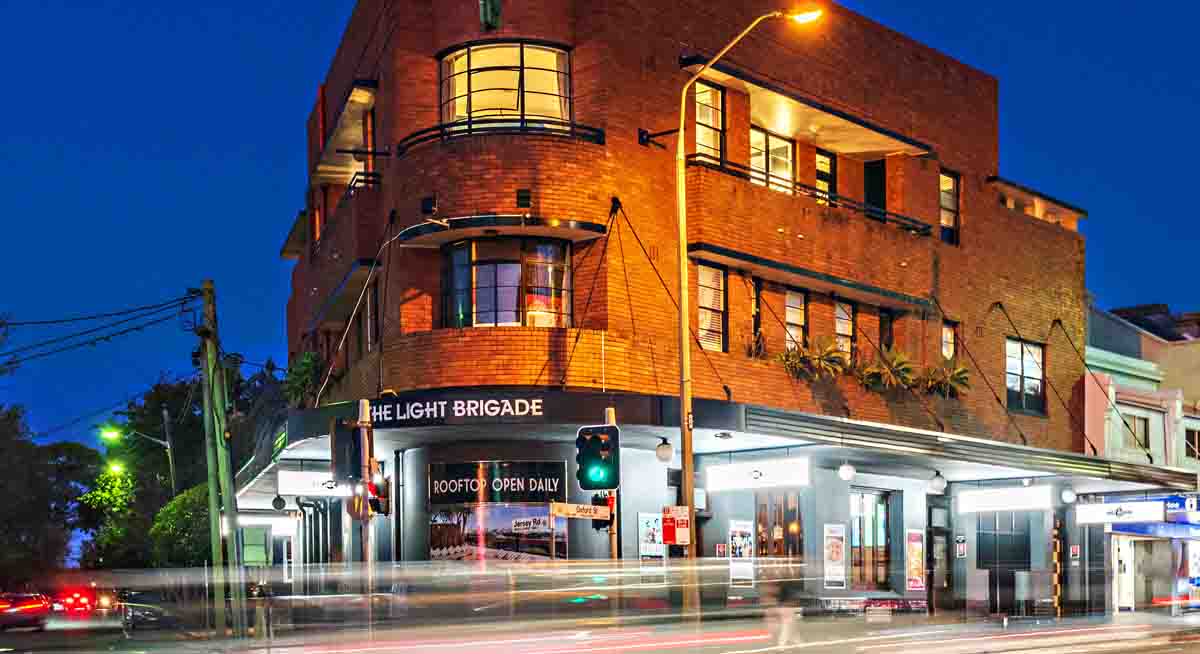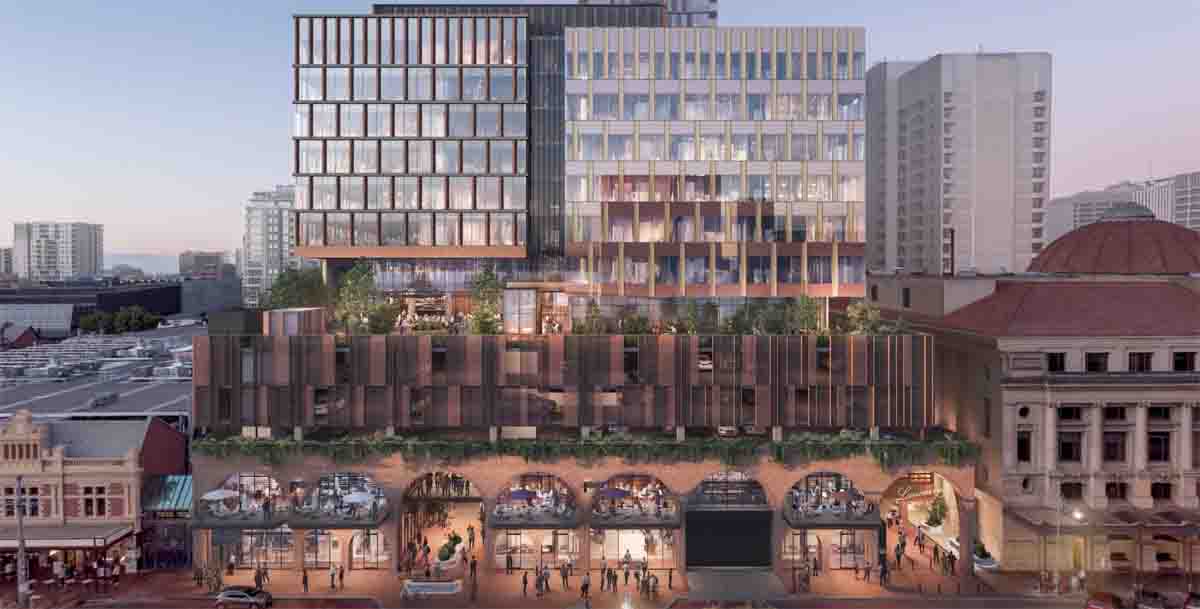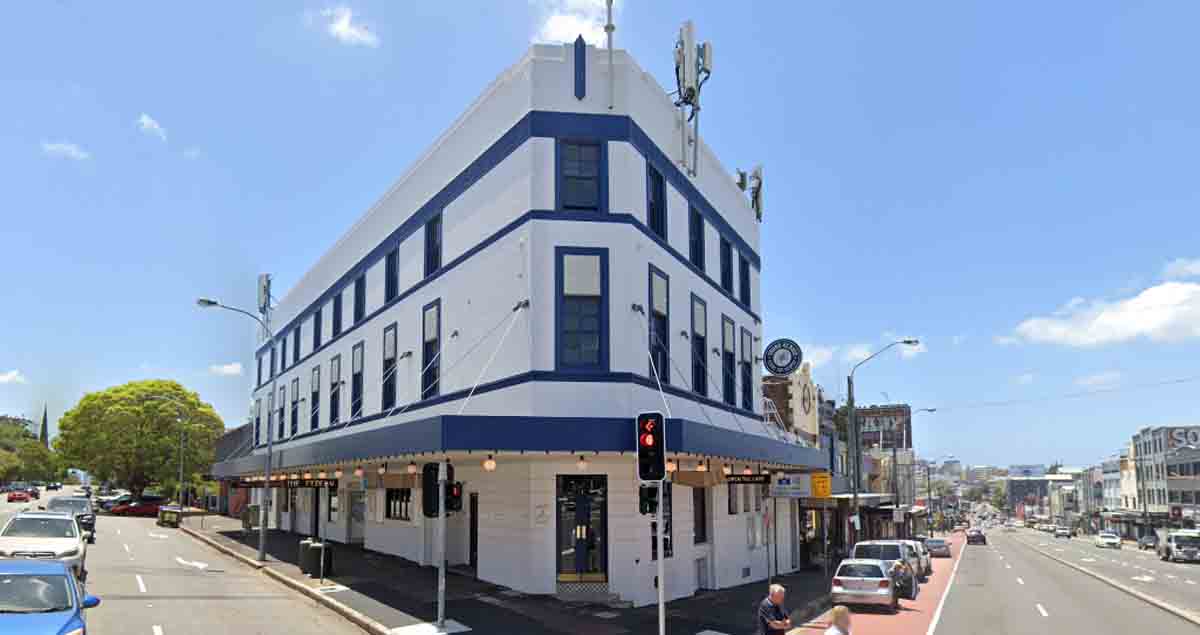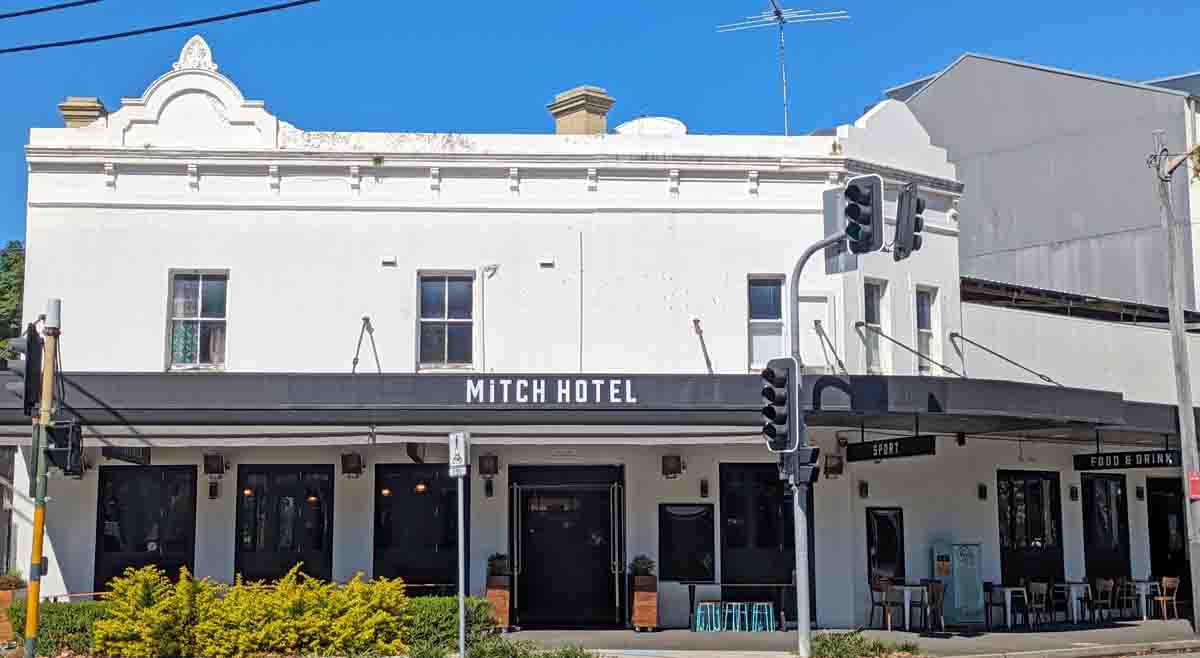
Con Cayas is a veteran of hospitality design, boasting over 20 years’ experience in the Queensland marketplace. He moved from director and partner at a mid-sized Brisbane practice and founded Cayas Architects back in 2009, and worked in projects throughout Australia in retail, residential, commercial and hospitality.
Cayas wrote to PubTIC, offering his perspective on how good design can have a significant impact on the bottom line.
In the face of unsustainable labour costs, and ever-increasing competition, pubs and clubs are facing difficult times. Whilst the record-high cost of labour means we need to improve operational efficiency to improve our bottom line, the continuous stream of new and refurbished venues means we must find ways to stand out from the market to remain competitive.
To this end, there is an increasing need for a long-term approach to growth that will respond to the myriad of challenges facing the industry.
Efficiency
Efficient design will identify where the value lies – it’s not just about getting bang-for-buck out of products and materials. Operationally, design can significantly help reduce costs associated with staff numbers, more than you ever could through tile or wallpaper selection.
Wages and staff on-costs – including payroll tax and training – account for about 45 percent of business expenses.
To address this, some of the most successful clubs and pubs are putting as much effort into designing what their patrons don’t see, as what they do. Designing the back-of-house is a delicate balancing act. For example, making the space too small can compromise the operational efficiency and circulation of services and staff. On the flip side, making the back-of-house space too generous in size, or too convoluted in layout, can inhibit staff circulation, and, more importantly, take away from valuable floor space that could be filled with paying patrons.
Differentiation
First impressions count, and they’re largely visual. There’s more emphasis on design as a differentiator than ever before in today’s competitive hospitality sector. Gone are the days of “if we build it, they will come”. Patrons want to experience something special.
Pubs and clubs are entertainment destinations – a combination of live music, food, bars and betting. The look and feel of the finished product will depend entirely on the location and demographic.
Where the city-centric pubs appeal to a wider demographic, the majority of Clubs’ (RSLs, Leagues Clubs, Bowls Clubs, Sports Clubs, etc.) patrons are typically mature-aged or retired. In this regard, they’re not designed to compete directly with stand-alone restaurants, yet we’ve seen an increasing trend in combining these models.
Clubs provide a means of ‘escape’ for their patrons; to get out of the house and do something different, in a socially conducive environment. We need to create something that they can’t obtain at home – particularly in lower socio-economic areas, where some of the better-performing clubs are located.
As the scale of venues increases – with some clubs pushing 5000 m² – creating an external differentiation within budget is increasingly difficult. A beautiful exterior won’t necessarily encourage people to buy more drinks or food, or play longer on the pokies. It’s our job to manage the client’s priorities and expectations within their budget, and in this regard, external architecture can be seen as over-capitalising.
Instead, we must create a positive holistic experience for patrons throughout the venue, even from the moment they arrive in the carpark. Many clients will get more mileage from well-designed and well-finished interiors, than an elaborate building exterior. The challenge for us is to create a “smoke and mirrors” effect, where we get value out of cost effective materials, but still achieve spaces that look and feel high-end. To achieve that, you need to create a look that has ‘wow’ factor.
Interestingly, AV is becoming a priority amongst patrons. The scale and number of TVs and sound quality can influence the ambience and add to the entertainment. These elements need to be considered from the outset, to be integrated seamlessly into the design, rather than appearing as an afterthought.
Due to the sheer scale, larger clubs typically have more revenue (primarily through gaming) and are more flexible and open to designed details and finishes. In contrast, pubs find this more difficult to justify, and therefore demand greater value efficiencies and longevity.
Where in the past, many pub operators were content with a cookie-cutter offering, they now see the potential to use design to stand out, with the constant challenge to do more with less. With buildings averaging approximately 1200 m² we can afford to be more creative with the exterior of pubs. Not everything needs to scream and shout. There are clever ways to provide patrons with a unique, memorable experience and emotional connection.
Long-term planning for growth

As the size of venues continues to grow, we’re encouraging clients to think about the next 5-10 years, and how their business is likely to change and grow over that time.
Where the industry has previously tackled growth in a haphazard way, this long-term ‘master plan’ approach enables a more tailored development solution in line with the client’s strategic direction.
Between rising penalty rates, increasing competition, new gambling restrictions and lockout laws, we understand the gravity of the challenges facing our clients. The flow-on effects of these changes may not be felt for some time and unfortunately, no one has a crystal ball. A master plan allows greater responsiveness to these industry changes.
In managing the project in bite-sized pieces, we can respond to such changes with greater flexibility. It also allows you to act quickly when funds become available, and reduce your exposure during economic downturn.
As with any renovation to an operating premise, inconveniences are to be expected. Careful planning and design implemented across three or four smaller stages helps to reduce disruption to front-of-house and back-of-house operations, maximising overall efficiency during ongoing development.
Con Cayas www.cayasarchitects.com.au







